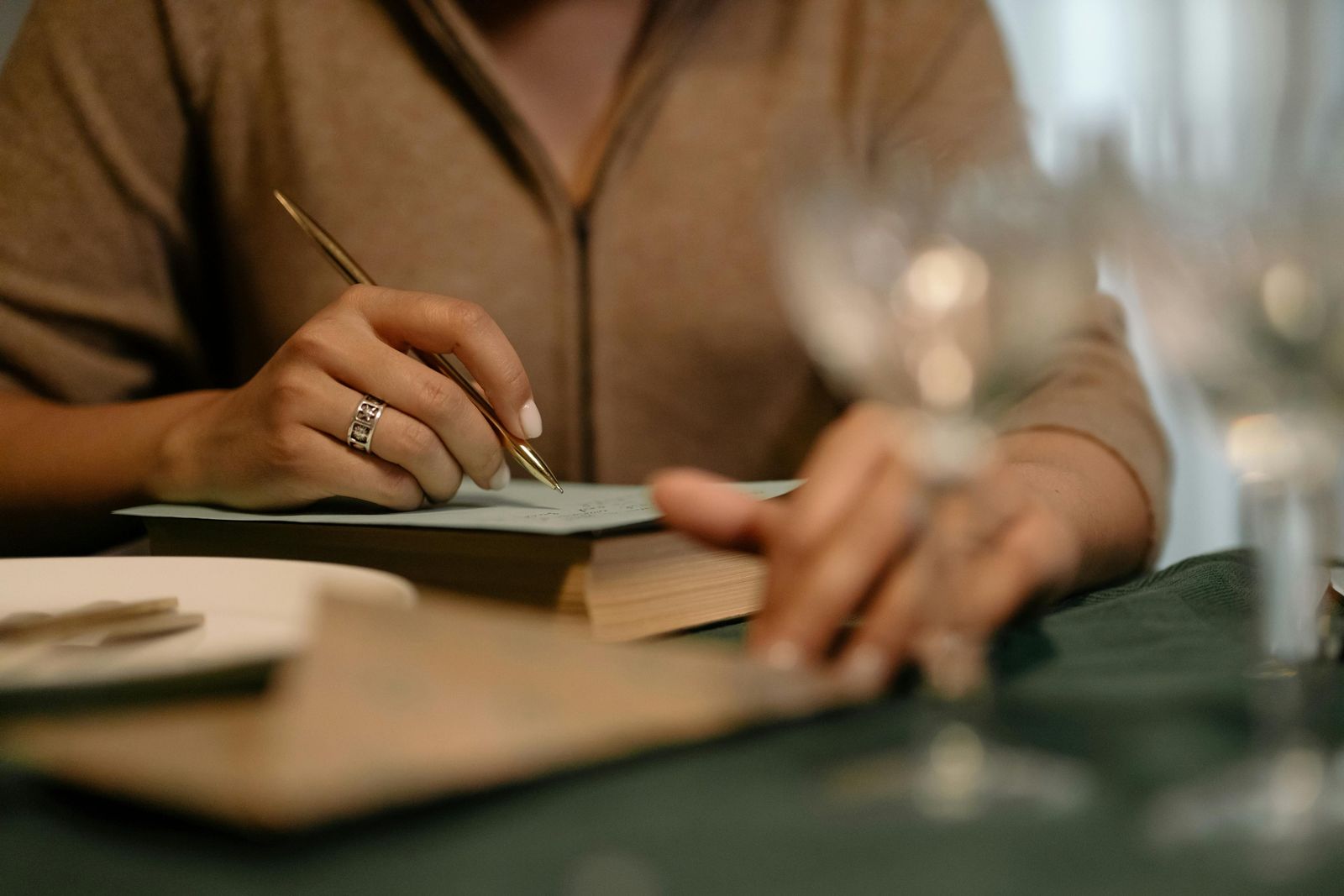
Photo Credit: Pexels.com
When every project feels like a priority, it can be hard to know where to focus. In the world of client work, competing deadlines and shifting needs are part of the job. Some days, it feels like everything needs your attention at once - emails, meetings, logistics, follow-ups, deadlines.
But sustaining progress—without burning out or losing focus—takes intention.
Momentum matters. But it doesn’t come from doing more. It comes from getting clear, staying focused, and keeping people and purpose at the center.
1. Start with shared clarity
When everything feels like a priority, alignment becomes your anchor. Taking time at the start of a project to define what success looks like—internally and externally—helps cut through confusion and avoid rework.
It’s tempting to skip this step when timelines are tight, but that’s usually when it matters most. Clear expectations around outcomes, roles, and communication help everyone move in the same direction—and save time down the line.
2. Focus on what moves things forward
Progress doesn’t always come in big wins. More often, it’s small, meaningful steps that make the difference. When projects feel heavy, I’ve found it helpful to ask: What’s the next step that moves this forward?
That simple question can shift your perspective. Instead of getting stuck in the big picture, you focus on what’s actually actionable. It also creates space for collaboration—so others can help move things forward while you’re managing other priorities.
Breaking projects into smaller, visible steps helps you see progress as it happens. And more often than not, that steady forward motion—not motivation—is what keeps things moving.
3. Communicate early and often
When timelines shift (and they often do), transparency makes all the difference. A quick update or expectation reset helps keep people informed and trust intact.
Silence is easy to misread. Even a simple note— “Here’s where things stand, and here’s what’s next”—goes a long way in showing you’re engaged and paying attention.
Communication isn’t just about updates. It’s about reassurance. It signals that you're still in it, still focused, and still committed to the goal—even when plans change.
4. Pay attention to energy, not just time
Momentum depends on energy, not just hours. Some days, the most productive thing you can do is pause. A quick break, a short walk, or just a few minutes away from your screen can help reset your focus.
When we protect our own capacity, we’re better able to show up with clarity, creativity, and care—for both our teams and our clients.
Sustainable progress doesn’t come from constant motion—it comes from working with intention and knowing when to step back.
5. Celebrate movement, not just milestones
It’s easy to jump from one deadline to the next without stopping to acknowledge what’s been done. But small wins matter.
Finishing a draft, aligning on a direction, solving a problem—these are all signs of progress. When we take time to notice them, we remind ourselves that we are moving forward, even if the finish line is still ahead.
When everything feels important, momentum isn’t about doing it all. It’s about doing the right things—intentionally, collaboratively, and with care.
By anchoring in clarity, communicating openly, protecting energy, and celebrating progress, we create the conditions for meaningful movement. That’s what transforms busy seasons into purposeful progress—and helps us, and our clients, move forward together.


